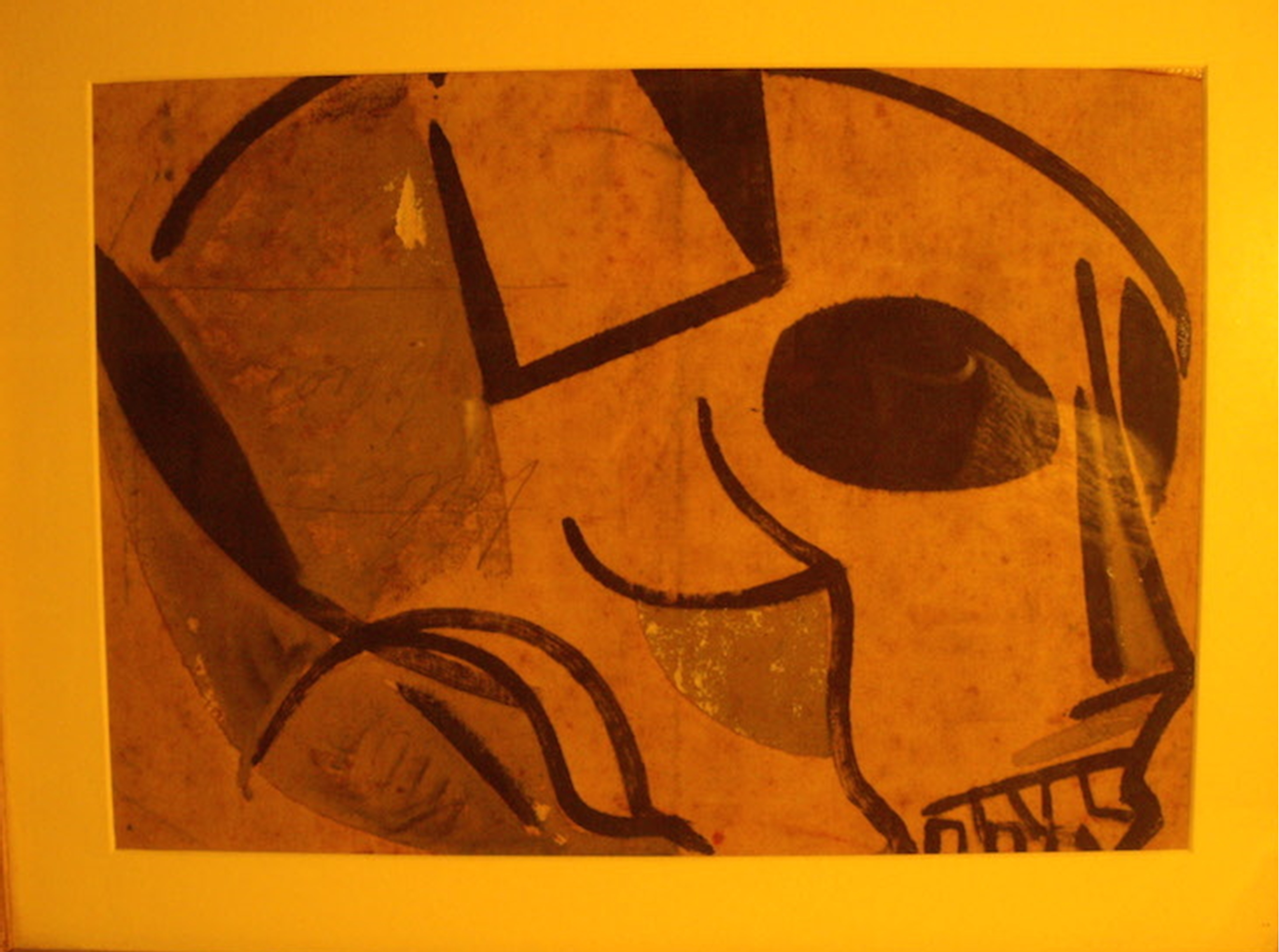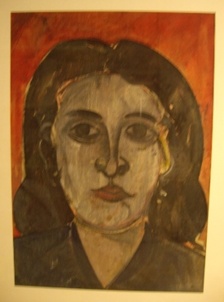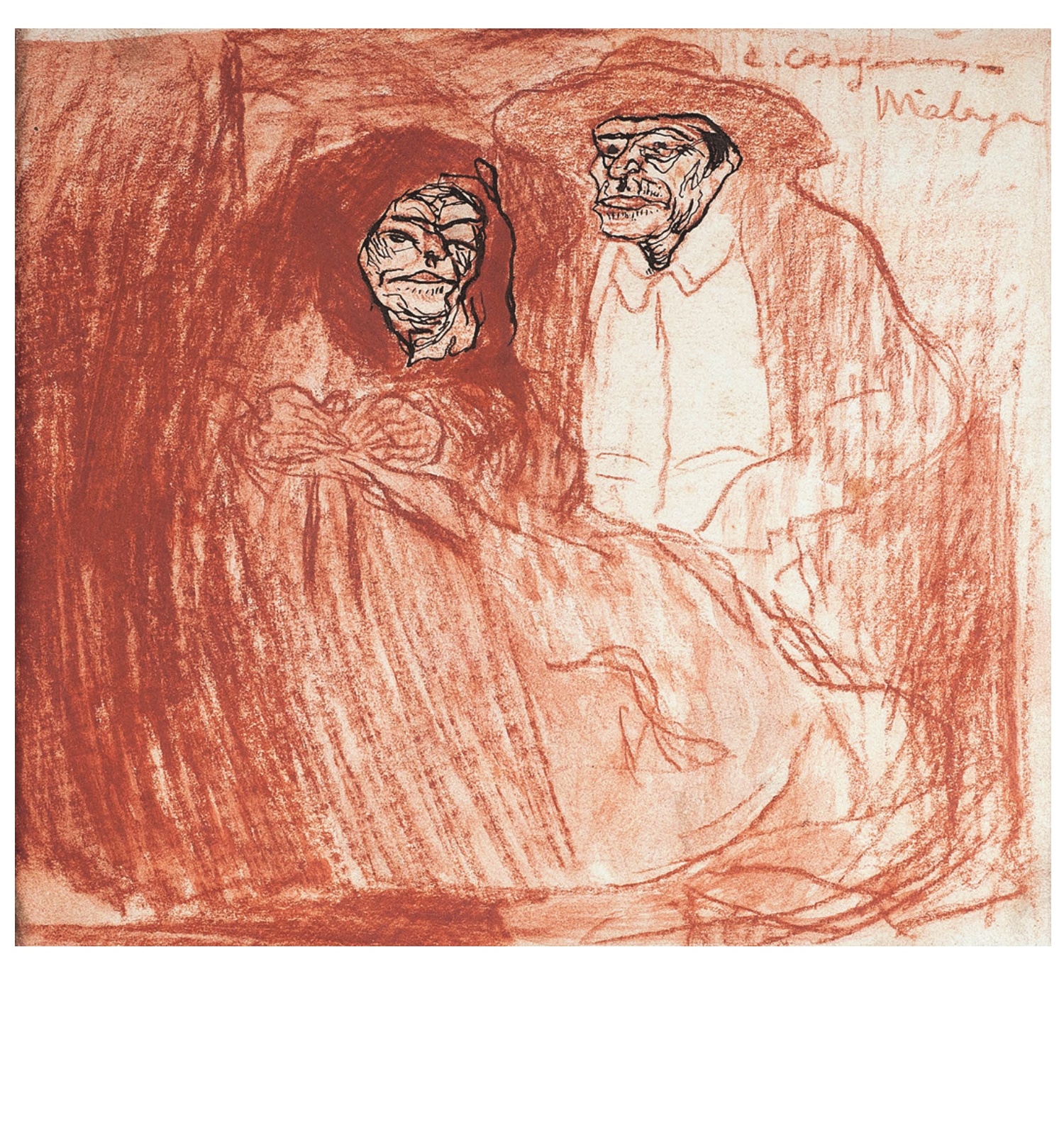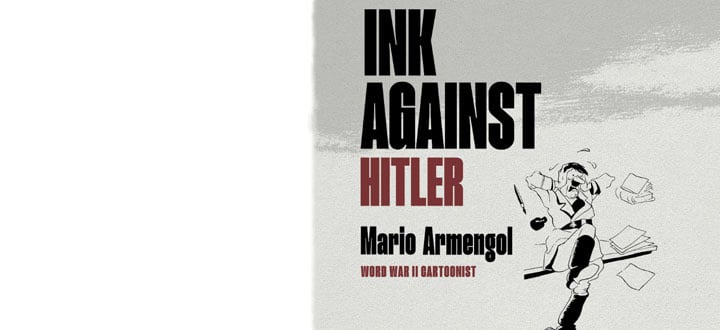A drawing of Casagemas and an oil painting by Josep Guinovart enter the museum thanks to the Amics del MNAC Foundation
A drawing of Casagemas and an oil painting by Josep Guinovart enter the museum thanks to the Amics del MNAC Foundation
The drawing of Carles Casagemas (Barcelona, 1880 - Paris, 1901), Old Couple, is one of the artist's last creations and is considered one of his best works of the miserabilist line, under the influence of Nonell. This drawing completes the collection of art from the Modernist period of the Museu Nacional, which has two other works by Casagemas, Dating House and Pompeu Gener disguised as Conde Duque de Olivares, and which in 2014 dedicated a monographic exhibition to this artist.
The oil painting by Josep Guinovart (Barcelona, 1927-2007), entitled Skull, a 1953 work, is framed within the artist's figurative period and has the singularity of having a female portrait on the reverse side of the painting. This work will be exhibited in the new rooms that will be dedicated to postwar and avant-garde art that the museum plans to inaugurate next year.
The Museu Nacional has acquired these two exceptional works thanks to the contributions of the 2,700 friends and the companies that support the Amics del MNAC Foundation, a foundation that has among its objectives to enrich the museum's collection.
Elderly couple by Carles Casagemas, was made in Malaga between the end of December 1900 and January 1901, and is one of the few works that Casagemas signed and located. Although it is a piece of small format, it combines sanguine and ink successfully and it’s counted among his best works. This drawing is inserted in the miserabilist current that Casagemas follows at the end of his career and places him in an expressionist line that goes from Goya to Nonell.
Until now, the Museu Nacional had two works by the artist, Dating House and Pompeu Gener disguised as Conde Duque de Olivares.
Skull, Josep Guinovart, 1953


Head of a woman, reverse
This work comes to enrich extraordinarily the collection of art of the second half of the 20th century of the Museu Nacional d’Art de Catalunya. Until now, the figurative period of Guinovart, developed between 1948 and 1957 approximately and that is extremely interesting, was not represented in the museum's collection. In the mid-1940s, Guinovart connects with existentialism and with a social vocation that, because of the political context, he cannot express explicitly. Under these premises we have to interpret the series of skulls that he painted at that time and of which this piece, from 1953, is an excellent example despite the modest dimensions. Guinovart seems to connect here with the postwar Picasso, who also dealt with the subject and who would be his reference as an alternative to abstract options. The social aspect of the work of Guinovart was in its synthetic modernity and popular roots, a little rough, with medieval (Romanesque) resonances. This skull works as a denunciation but also as a memento mori, a reminder of the unavoidable presence of death, as a still open blot of the Civil War and the Franco regime.
The painting has as a singularity its double character, since on the back we can see a female portrait. The work works like a double-sided coin, as a heartbreaking contrast between the hope in vitality and the terrible dryness of death.













